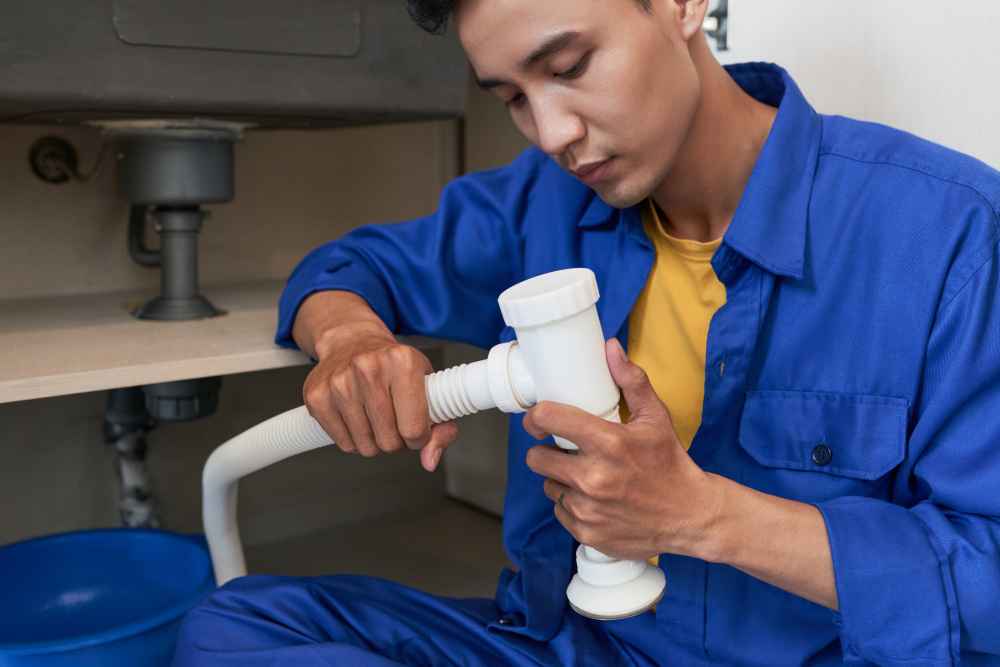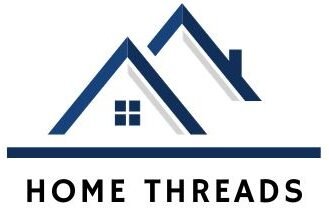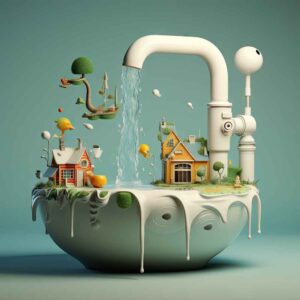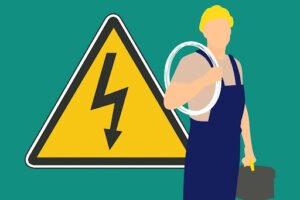Introduction
Water leaks are more than just a nuisance—they can lead to costly repairs, structural damage, and skyrocketing water bills. Early detection is key to preventing these issues. In this comprehensive guide, we’ll explore everything you need to know about water leak detection, from identifying common signs to using advanced tools and technologies.
Why Water Leak Detection is Crucial
Water leaks can occur anywhere in your home, from hidden pipes to appliances. Left unchecked, they can cause:
- Structural damage: Weakening walls, floors, and foundations.
- Mold growth: Creating health hazards for your family.
- Wasted water: Increasing your utility bills and harming the environment.
By detecting leaks early, you can save thousands of dollars and protect your property.
Common Signs of Water Leaks
Here are some telltale signs that you may have a water leak:
- Unexplained increase in water bills: A sudden spike could indicate a hidden leak.
- Damp or discolored walls/floors: Stains or warping often signal water damage.
- Musty odors: Persistent dampness can lead to mold growth.
- Low water pressure: A leak in your plumbing system may reduce water flow.
- Sounds of running water: If you hear water when no fixtures are in use, investigate further.
Advanced Water Leak Detection Methods
Modern technology has made it easier than ever to detect water leaks. Here are some effective methods:
- Smart Water Sensors:
These devices monitor water usage and alert you to irregularities. They can be installed near appliances, under sinks, or in basements. - Acoustic Leak Detection:
Professionals use specialized equipment to listen for the sound of water escaping from pipes, even through walls or underground. - Infrared Cameras:
Thermal imaging can reveal temperature differences caused by water leaks, helping pinpoint the source. - Dye Testing:
A non-toxic dye is added to water systems to trace the path of a leak, especially in toilets or pools. - Pressure Testing:
By measuring water pressure in your pipes, experts can identify leaks in the system.
DIY Water Leak Detection Tips
While professionals offer the most accurate detection, you can perform some basic checks at home:
- Monitor your water meter: Turn off all water sources and check if the meter continues to move.
- Inspect appliances: Look for puddles or corrosion around washing machines, dishwashers, and water heaters.
- Check toilet tanks: Add food coloring to the tank and see if it appears in the bowl without flushing.
- Examine outdoor faucets: Ensure hoses and sprinkler systems are leak-free.
Preventing Water Leaks
Prevention is always better than cure. Follow these tips to minimize the risk of leaks:
- Regular maintenance: Inspect pipes, faucets, and appliances annually.
- Replace old plumbing: Aging pipes are more prone to leaks.
- Install water softeners: Hard water can corrode pipes over time.
- Insulate pipes: Protect them from freezing temperatures in winter.

When to Call a Professional
While DIY methods can help, some leaks require expert attention. Call a plumber if:
- You can’t locate the source of the leak.
- The leak is causing significant damage.
- You suspect a leak in your main water line.
Conclusion
Water leak detection is an essential part of home maintenance. By staying vigilant and using the right tools, you can protect your property, save money, and conserve water. Don’t wait until it’s too late—take action today to safeguard your home from the hidden dangers of water leaks.
✅✅If you suspect a water leak in your home, don’t delay! Contact a licensed plumber or invest in smart detection tools to address the issue before it escalates. Your home—and your wallet—will thank you.
➡️visit our website for more Home Threads







